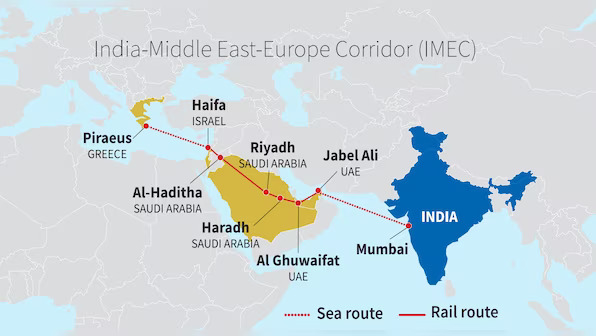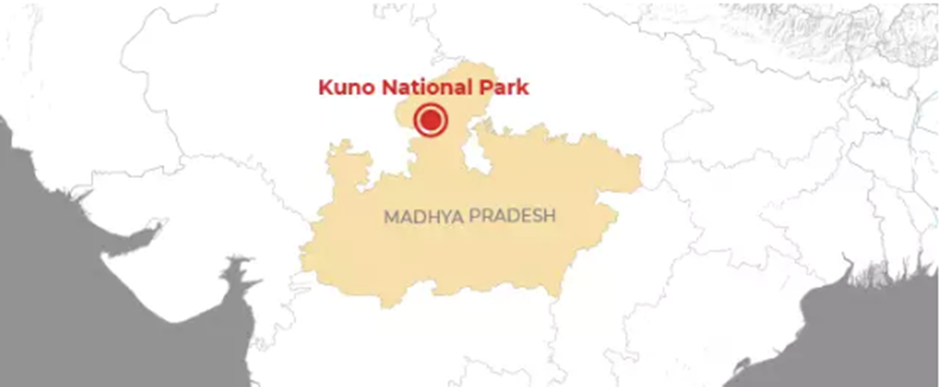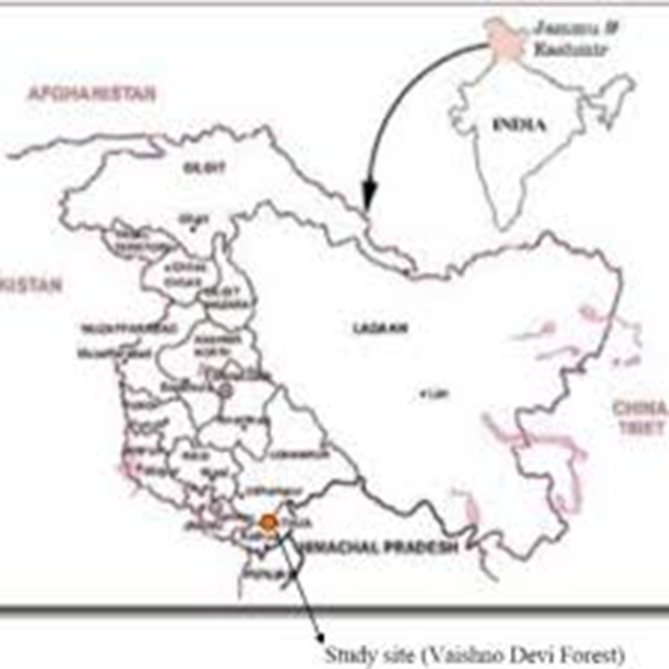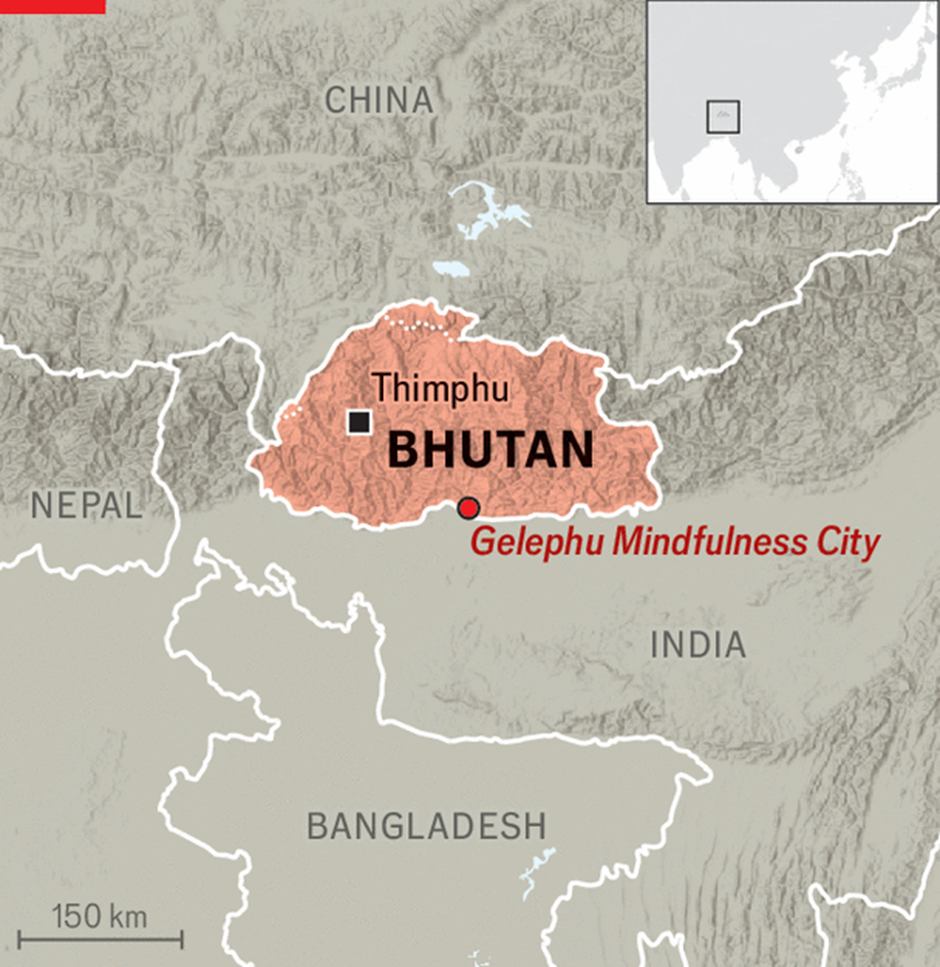- Courses
- GS Full Course 1 Year
- GS Full Course 2 Year
- GS Full Course 3 Year
- GS Full Course Till Selection
- Essay Target – 150+ Marks
- Online Program
- GS Recorded Course
- NCERT (Recorded 500+ Hours)
- Polity Recorded Course
- Geography Recorded Course
- Economy Recorded Course
- AMAC Recorded Course
- Modern India, Post Independence & World History
- Environment Recoded Course
- Governance Recoded Course
- Science & Tech. Recoded Course
- International Relations and Internal Security Recorded Course
- Disaster Management Module Course
- Ethics Recoded Course
- Current Affairs Recoded Course
- CSAT
- 5 LAYERED ARJUNA Mentorship
- Public Administration Optional
- ABOUT US
- OUR TOPPERS
- TEST SERIES
- FREE STUDY MATERIAL
- VIDEOS
- CONTACT US
PLACES IN NEWS 26 NOVEMBER 2024
PLACES IN NEWS 26 NOVEMBER 2024
26-11-2024
Western Ghats
Why in news?
In a revised proposal to the Centre, Kerala sought to designate 8,590.69 sq km across 98 villages in 12 districts of the Western Ghats as ecologically sensitive areas.
The proposed ESA demarcation area is 121 sq km smaller than the one the Centre received in May of this year.
About the Western Ghats

- The Western Ghats, or Sahyadri, is a 1,600 km mountain range along India's western coast, spanning 160,000 km² across Gujarat, Maharashtra, Goa, Karnataka, Kerala, and Tamil Nadu. It forms a continuous chain from the Tapti River to Kanyakumari.
- The Western Ghats meet with the Eastern Ghats at Nilgiris before continuing south.
- The Western Ghats is a UNESCO World Heritage site that is celebrated for its exceptional biodiversity and endemism, making it one of the world’s critical ecological hotspots.
- It hosts dense tropical rainforests, particularly in Kerala and Karnataka, along with diverse vegetation types ranging from moist deciduous forests and montane Shola grasslands to dry scrublands at lower altitudes.
- The region is home to over 7,400 flowering plant species, including the endemic Neelakurinji, which blooms once every 12 years.
- It also houses a rich variety of medicinal plants like Indian gooseberry, ashwagandha, and turmeric, along with economically significant crops such as cardamom, pepper, coffee, and tea.
- The fauna includes endangered mammals like the lion-tailed macaque, Nilgiri tahr, Indian elephant, and Bengal tiger.
- Over 500 bird species, unique amphibians like the Purple frog, reptiles such as the Malabar pit viper, and diverse butterflies and freshwater fish add to its ecological wealth, underpinning its vital role in climate regulation, water resources, and cultural heritage.
- Threats and conservation:
- Historically dense forests of the Western Ghats, home to wildlife and tribal communities, were fragmented under British rule for plantations and timber, threatening endemic species and habitats. Current threats include habitat loss, overexploitation, mining, and poaching.
- Conservation efforts include biosphere reserves, national parks, and wildlife sanctuaries, with the Nilgiri Biosphere Reserve being the largest. Declared an ecologically sensitive area, the Western Ghats gained UNESCO World Heritage status for 39 sites in 2012.
What are eco-sensitive zones (ESZs)?
- Ecologically Sensitive Zones (ESZs) in India are areas designated around protected areas, national parks, and wildlife sanctuaries to serve as a buffer between ecologically critical zones and human activities.
- The concept of ESZs is governed by the Environment Protection Act, 1986, which empowers the central government to regulate activities in these areas.
- The extent of an ESZ typically ranges from 0 to 10 km around the national park and other protected areas, though it can be extended beyond 10 km based on ecological importance.
Activities around ESZs:
- Prohibited activities include commercial mining, sawmills, industries causing pollution, major hydroelectric projects, and the commercial use of wood.
- Regulated activities, which require prior approval or adherence to guidelines, include tree felling, establishment of hotels and resorts, commercial use of natural water, construction of electrical cables, significant agricultural changes, and road widening.
- Permitted activities focus on sustainable practices, such as ongoing agricultural or horticultural activities, rainwater harvesting, organic farming, renewable energy use, and the adoption of green technologies.
India-Middle East-Europe Economic Corridor (IMEC)
Why in news?
- Advocating for a closer and stronger relationship between India and the Mediterranean, External Affairs Minister S. Jaishankar stated on 25th November 2024 that the Mediterranean presents both opportunities and risks in an uncertain and volatile world.
- He added that the India-Middle East-Europe Economic Corridor (IMEC), announced in September last year, could be a "game changer."
About IMEC:

- The India-Middle East-Europe Economic Corridor (IMEC) is a major transcontinental infrastructure project aimed at enhancing connectivity between India, the Middle East, and Europe.
- The idea emerged in 2023 during the G20 summit discussions, where the necessity for a more secure and efficient trade route between India, the Middle East, and Europe was highlighted.
- It involves two primary corridors: the East Corridor, linking India to the Arabian Gulf, and the Northern Corridor, which connects the Gulf to Europe.
- The project includes a network of rail, road, electricity cables, hydrogen pipelines, and high-speed data cables. Ports such as Mundra, Kandla, and Jawaharlal Nehru in India; Jebel Ali and Fujairah in the UAE; Dammam in Saudi Arabia; Haifa in Israel; and Piraeus in Greece will be interconnected.
- The initiative was signed by India, the US, Saudi Arabia, the UAE, the EU, and other nations, with the goal of improving economic and geopolitical ties, particularly for energy, trade, and digital infrastructure.
- IMEC is seen as a strategic alternative to China's Belt and Road Initiative (BRI), with the potential to reshape regional trade routes.
Kuno National Park

Why in news?
- Nirva, a female cheetah relocated from South Africa in 2022, has given birth to cubs at Kuno National Park in Madhya Pradesh, wildlife officials confirmed on Monday.
- Since March 2023, seventeen cubs have been born at KNP, the first home of African cheetahs in India since September 2022. Out of these, 12 have survived. The oldest of them, an 18-month-old female named Mukhi, was abandoned by its Namibian mother, Siyaya, shortly after birth in March 2023.
- KNP currently houses 12 adult cheetahs and 12 cubs, all kept in enclosures.
About Kuno National Park
- Kuno National Park, located in Madhya Pradesh, India, was established as a wildlife sanctuary in 1981, later gaining national park status in 2018. It derives its name from Kuno River.
- It is situated within the Khathiar-Gir dry deciduous forests ecoregion.
- In the 1990s, Kuno was considered for the Asiatic Lion Reintroduction Project. However, the relocation plan faced resistance from Gujarat, as it threatened the Gir Sanctuary’s status as the sole home of Asiatic lions.
- In response, Kuno became a site for the reintroduction of cheetahs, with eight African cheetahs introduced in 2022 and 12 more in 2023.
- The park's flora includes a mix of dry deciduous forests, savanna, and riverine forests, with key tree species such as Acacia catechu and Boswellia serrata.
- Wildlife in the park includes predators like the Indian leopard, jungle cat, and sloth bear, as well as herbivores like chital, sambar, and blackbuck.
- Reptiles include mugger crocodiles and gharials, while the birdlife features raptors like the Indian white-backed vulture and winter visitors like the common crane.
Vaishno Devi
Why in news?
- Violence erupted in the Reasi district of Jammu and Kashmir on Monday, November 25, 2024, during a protest by traders and service providers against a proposed ropeway to the Vaishno Devi shrine. At least one policeman was injured in the clashes.
- Hundreds of protestors, including shopkeepers and providers of ponies and palanquins, gathered in Katra town, the base camp for the shrine.
- The protest followed a 72-hour shutdown that ended on Sunday, November 24, 2024. The protestors opposed the construction of the ropeway, arguing that it would significantly impact their livelihoods. They demanded compensation for those affected by the project, which plans to link Tarakote Marg to Sanji Chhat along a steep 12-km route.

-
- Vaishno Devi, also known as Mata Rani, Trikuta, Ambe, and Vaishnavi, is regarded as a manifestation of the Hindu goddess Lakshmi.
- She is worshipped as a combined avatar of Mahakali, Mahalakshmi, and Mahasarasvati.
- The Vaishno Devi Temple is located in Katra, Jammu and Kashmir, in the Trikuta Mountains.
- It is one of the 108 Shakti Peethas dedicated to Durga.
- The temple attracts millions of visitors annually, with the number rising to ten million during festivals like Navaratri.
- It is one of the wealthiest temples in India, generating an annual income of approximately $16 million.
Gelephu Mindfulness City

Why in news?
- As India launches the Global Co-operatives Alliance which is aiming to strengthen the role of cooperatives worldwide, Bhutan is positioning Gelephu as a key location for a large co-operative project.
- The Gelephu project, aimed at transforming the town into a smart city, will foster enhanced regional connectivity with India’s northeastern states and beyond.
- It will focus on sustainable, environmentally friendly urban development, serving as a crucial economic corridor that links India with Southeast Asia.
- Bhutan's efforts, backed by Indian support, include a vision to turn Gelephu into a bustling international hub with significant opportunities for trade, cultural exchange, and cooperative growth.
About Gelephu:
- Gelephu, in southern Bhutan, is set to become the country’s first "Mindfulness City," envisioned as an economic hub that harmoniously integrates Bhutanese culture, nature, and the principles of Gross National Happiness (GNH).
- Spanning over 1,000 km², it will feature green technologies, vibrant neighbourhoods, and eco-conscious designs, with interconnected ecosystems and public spaces.
- The city’s layout will embrace Bhutan's natural landscape, with neighbourhoods designed around waterways and terraced paddy fields, gradually transitioning from rural highlands to urban lowlands.
- It will incorporate modern infrastructure such as an international airport, hydroelectric dam, and railway links, while emphasizing Bhutan's spiritual and cultural heritage.
- Notably, the city’s bridges will serve as both transportation routes and cultural landmarks, embodying the city’s unique connection between nature, people, and tradition.
Must Check: Best IAS Coaching In Delhi
UPSC Prelims Result 2024 Out: Expected Cut Off & Other Details, UPSC Prelims 2024 Answer with Explanation, Daily Prelims Quiz, Daily Current Affairs, MONTHLY CURRENT AFFAIRS TOTAL (CAT) MAGAZINE, Best IAS Coaching Institute in Karol Bagh, Best IAS Coaching Institute in Delhi, Daily Mains Question Answer Practice, ENSURE IAS UPSC Toppers, UPSC Toppers Marksheet, Previous Year Interview Questions, UPSC Syllabus




